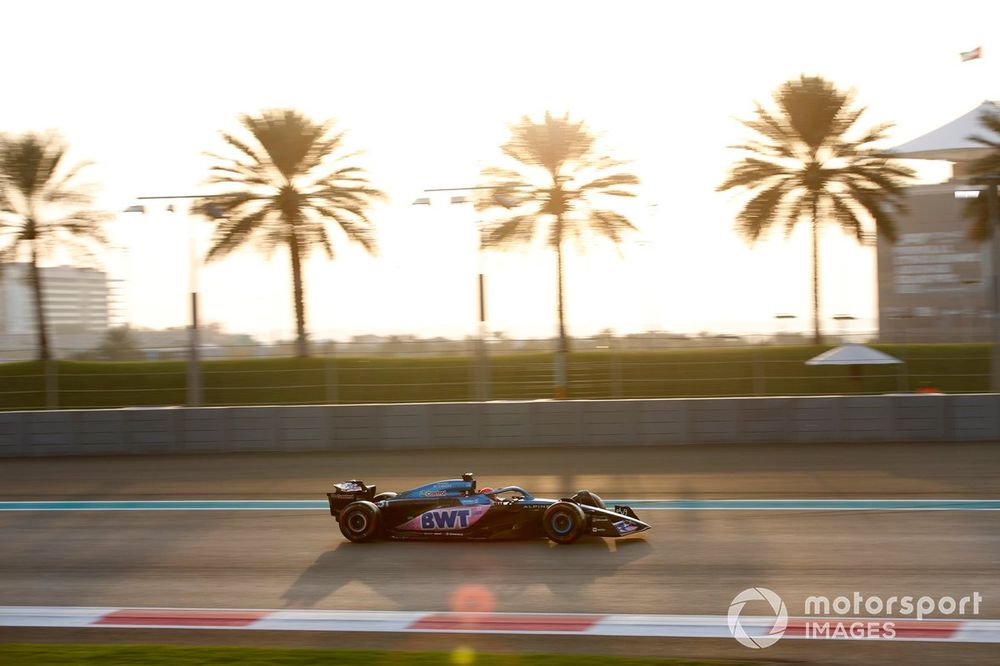Seven-time Formula 1 world champion Lewis Hamilton has shown interest in purchasing a team in MotoGP, claims Liberty Media CEO Greg Maffei.
It was announced in April that Liberty would acquire 86% of the shares of Dorna Sports, the Spanish company which has owned MotoGP since 1992.
The deal was valued at $4.2billion, with the remaining stake staying with MotoGP management and in August Liberty confirmed it was selling a $825million stake in F1 to fund the purchase.
The acquisition of MotoGP will present Liberty with the chance to revolutionise the pinnacle of motorcycle racing in the way it has with car racing since taking over F1 in 2016.
Liberty has overseen a boom period for the world championship, with its appeal at an all-time high, increasing value and revenue streams and leading to plenty of interest in its MotoGP venture.
“When we announced [the acquisition on MotoGP], it’s a great example, we had immediately people call up and say, ‘I want to buy a team’, including people like Lewis Hamilton,” Maffei told the Goldman Sachs Communacopia + Technology Conference.
“Why? Because they saw what had happened in Formula 1, and they want to follow.
“We had, major distributors call and say, ‘We want to be involved’. And unfortunately, I had to tell them we really can’t talk about [that] until we get EU approval, but we’d love to talk once we get it.

Greg Maffei, CEO, Liberty Media Corporation
Photo by: Zak Mauger / Motorsport Images
“I think there’s an opportunity when you’re at the league level to take advantage of those changes that you can make.
“When you’re at a team level, in general, teams don’t cash flow as well. Not absolutely true.
“NFL teams cash flow pretty well, but in general, it’s really big multiples of cash flow, and we’re still too traditional in wanting that cash flow.
“But in addition, your ability to change the dynamics, to set the stage and do the things that you want are far better, far easier, more manageable.
“Still takes time, but you can get it done at the league level. In a way, it’s very difficult at the team level.”
Ownership of F1 has certainly given Liberty the opportunity to instigate change and open it up to a new fanbase – particularly in the United States.
Now it hopes to work the same magic with MotoGP, with Maffei ready to put similar plans in place.
“MotoGP is, to start with, it’s an unbelievably exciting product,” he said. “I don’t know if many of you have seen the racing, but to see people driving motorcycles, 220 miles an hour, six inches from each other, it’s wild, and the overtaking there is incredibly impressive.

Jorge Martin, Pramac Racing
Photo by: Gold and Goose / Motorsport Images
“It is, unfortunately, one that is too little known here in the United States and around the world. There’s interest in Asia and other places, but the real heart of it has been in Spain and Italy, to some degree, France.
“The opportunity to expand it… we saw what we were able to do with Formula 1 by telling the stories, making them humanised, making the story larger than just about the car, the technology, but also about what the drivers were doing, what was going on behind the scenes, telling those stories, making sure the world understood the breadth of what was going on.
“But also we did a lot to improve things like improving what you can see on the screen, making our fans understand the story better. All of those are things that can be helped here.”
Under Liberty’s watch, the number of F1 races is the United States has increased from just the US Grand Prix in Austin to also having the Miami Grand Prix and Las Vegas Grand Prix on the calendar, with Maffei eyeing similar growth in the country for MotoGP.
“Frankly, growing in the US — they have one race in Austin for which they receive relatively modest revenues from TV and the like,” he added.
“There’s an opportunity to improve that. The opportunity perhaps for a second race in the US.
“All of those, I think, are interesting in ways that look familiar to us from Formula 1 and hope we can replicate here.”























